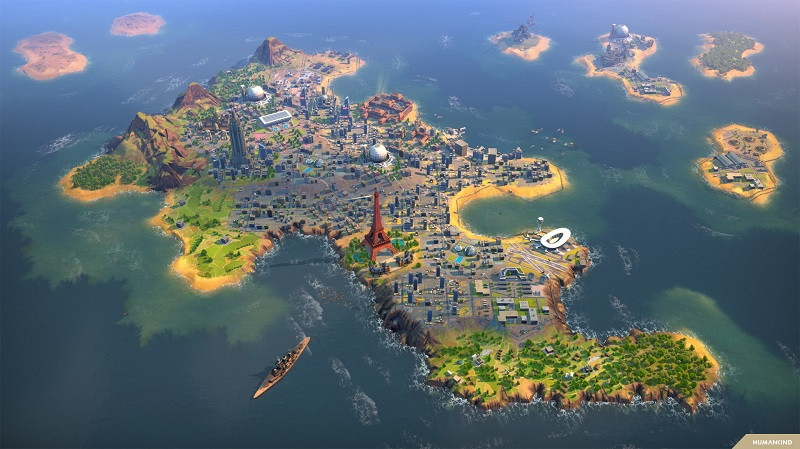As players attempt to re-write the entire history of humankind in Amplitude Studios and SEGA's grand strategy title, things can get a bit hectic. Humankind's scale is massive, to say the least, with dozens of systems work in tandem. There are affinities, legacy traits and a whole lot more, making it difficult to pick the best culture. With six eras and 60 unique historical cultures being just the tip of the iceberg, it is a daunting yet rewarding experience. Players also have to deal with an overarching system of city stability in Humankind, as well as the stability of their entire empire.
In this guide, we will explain the different levels of city stability, the effects it has on your empire, and how you can increase it.
Humankind city stability levels explained
In Humankind, stability is an important factor, and if it gets too low, your entire empire's population can revolt.
In essence, city stability in Humankind represents the public order. It ranges from 0% to 100% with three main levels.

The three main Humankind city stability levels and effects are:
- Settled (91 to 100%): Higher chance of positive events happening and +2 to influence per population.
- Strained (30 to 90%): +1 to influence per population and 50/50 chance of a positive or negative event happening.
- Mutinous (0 to 29%): Players are not able to build new Districts if the city stability reaches this level. Further, your population will start deserting the city.
Your empire stability in Humankind is dependant on the stability of each of your cities.
Every time you add another territory, you get -20 stability, and -10 for every District. If your influence is negative, you lose one stability every turn. The same goes for money.

If your empire's stability remains in the Mutinous range (0 to 29%) for long, the public will stand up against you and a revolution will occur, wrecking your economy and resetting all the civics you've managed to acquire.
How to increase city stability in Humankind
Since city stability stat affects empire stability in Humankind, and we've explained in the previous section just how important stability is, you will likely want to increase it when it gets dangerously low.

There are three main ways to increase city stability in Humankind, therefore also increasing your total empire stability in the process:
- Build World Wonders to increase city stability.
- Host ceremonies.
- Build defensive infrastructures.
- Add military units to your city's main plaza.
- Build military structures such as garrisons.
- Build common's quarters.
- If you are struggling, choose a culture that provides an increase in stability once you make it to the next era.
- Don't expand too quickly, keeping an eye on city stability.
Hopefully, this guide helped players understand what city and empire stability are in Humankind, and how to increase this extremely important resource.
Humankind is out now on PC via Xbox Game Pass and Steam, as well as Google Stadia, but you can't cross-play with the latter.
- Read more: All Cultures and Eras available in Humankind: Affinities, traits, quarters, units, and more
Check out our general video games section for guides, news, leaks and much more.

 No ads, our video library,
No ads, our video library,

